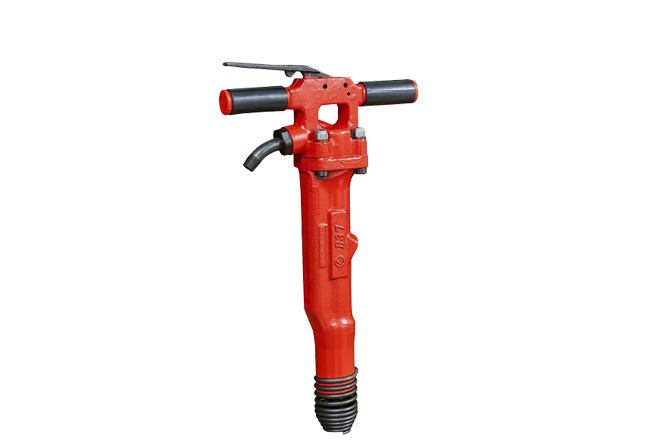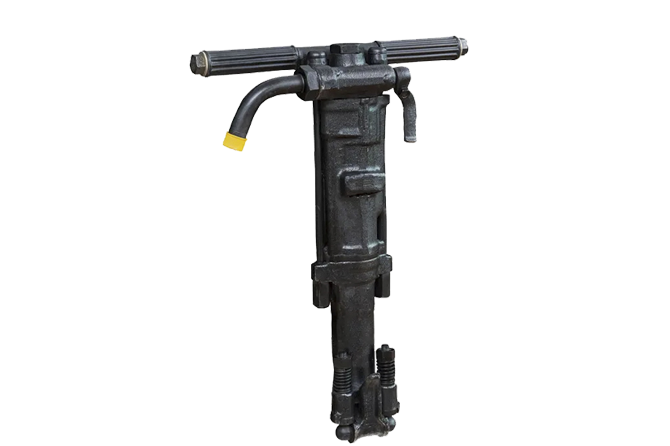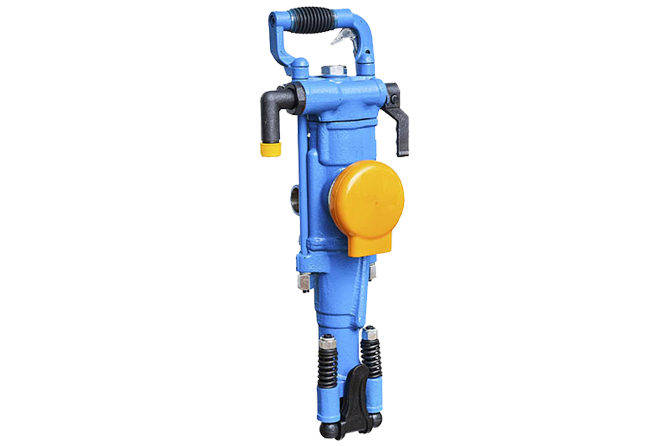The jack hammer is an essential tool for any demolition or construction job. By utilizing a piston or hammering mechanism, it is able to pulverize even the hardest surfaces with its powerful drill bit. This versatile piece of equipment comes in many sizes, meaning that no matter the task — from obliterating concrete slabs to slicing asphalt — a jack hammer is up to the challenge.
Jack hammers are what it takes to power through tough materials like stone or concrete. Generally speaking, electric jack hammers are the choice of people looking for their next DIY project tool as they leverage an electric motor for the heavy-duty work. For commercial projects or larger jobs, an air pressure jack hammer is often the tool of choice owing to its ability to harness compressed air to provide the power needed to get the job done.
Finding a jack hammer that can handle the tasks you need it to requires examining these four important factors – size, weight, power, and performance. Heavier, brawnier models can take on more difficult tasks, but they are more taxing to use. For a more effortless experience, go with a smaller and lighter jack hammer.
For a job well done, the ideal jack hammer should boast ample power. When it comes to power ratings, electric jack hammers offer a range, from low to high. To pick the correct one, consider the surface you have to break-through; a greater power rating will make the task simpler, but increased electricity consumption should be taken into account if the work is of domestic nature.
A jack hammer’s proficiency is dependent on the type of bit it makes use of. The bit must be hard enough to easily penetrate the material under operation while at the same time staying resilient against breakage or getting blocked. Owing to the disparity between materials, different drill bits are applicable to distinctive situations – For instance, a carbide-faced bit should be implemented when working with masonry whereas a diamond-tipped one should be put to use on asphalt.
When using a jack hammer, it is essential to consider not only its size, weight, power, and performance – but also the safety features intended to help protect the user. These include an adjustable handle which enables them to raise or lower the height of the tool according to their requirements; a safety guard which helps keep harmful particles and materials away from the user; and an overload protection mechanism which prevents any excessive strain being put on the equipment.
When it comes to the price tag, electric jack hammers are certainly no bargain. Though they have a higher cost than air pressure models, their extra potency and efficiency compensates for the higher outlay. On the other hand, air pressure jack hammers are generally less expensive, though their effectiveness and automation are also less impressive.
With the right jack hammer, any construction or demolition job can be finished with speed and efficiency. When making a choice, take into consideration its size, weight, force, capability, safety functions, and cost – all of which should be based on the job requirements, the tool’s power rating, and your budget. Make sure to pick one that best suits your project for optimal results.
With its impressive power and wide range of uses, the Jack Hammer is an essential tool in any construction or demolition project. This type of drill utilizes a reciprocating piston to generate rapid, forceful impacts to break through even the toughest materials like rock and concrete. Understanding the features and capabilities of different Jack Hammers can help you select exactly the right one for your project.
The power of a jack hammer dictates its capabilities and effectiveness for the job. With a range from lightweight handheld models to heavy-duty industrial versions, the benchmark of power is gauged in joules per blow (joules/b) or foot-pounds (ft-lbs). Higher numbers equate to more strength and thus the increased potential to break through even the toughest of materials. Consequently, greater power is indispensable for larger projects.
When selecting a jackhammer, be sure to consider the bit type. Shall it be a chisel bit for softer materials such as brick and mortar or a hammer bit for more demanding jobs such as cracking concrete or stone? Chisel bits are great for demolishing more fragile surfaces while hammer bits handle the tougher challenges.
When it comes time to select the optimal jack hammer for a task, size should definitely be factored in. From minute handheld models to colossal industrial-grade ones, a wide range of sizes is accessible. To ensure that the job is done correctly, one must seek out a hammer whose measurements are well-suited to the project at hand— Freestanding varieties are optimal for tackling large-scale projects while more convenient compact models can capably accomplish smaller tasks.
When it comes to Jack hammers, the heaviness of the tool must be carefully weighed. They can span from lightweight, convenient options to heavier machines with stronger capabilities – and the weight of the machine should be assessed according to the job at hand. One must also remember that heavier models demand more energy and could be a challenge to work with.
When selecting the optimal Jack hammer for a particular task, it helps to take into account its rate of rotation. These devices can be obtained in many different speeds, from sluggish levels to rates of whirring velocity. The ideal speed is determined by the material being cut; for soft materials, slower rates should be used, while harder materials are more efficiently managed with faster speeds.
Ultimately, the volume of the machine is an aspect that needs to be addressed. Jack hammers, famously renowned for their decibel output, can be a significant component when choosing the most suitable instrument for the task ahead.
Ultimately, jackhammers are a robust and multipurpose gear that assists with a variety of construction and demolition applications. To select the most suitable tool for the job, it is necessary to comprehend its nature and abilities. Necessary variables for consideration include motor strength, kind of bit, size, weight, rate, and noise magnitude.

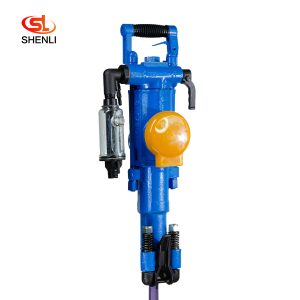
Short Description: YT29A air-legged rock drills are heavy-duty push-leg (air-legged) rock drills with low energy consumption, which are more suitable for drilling horizontal or inc […]
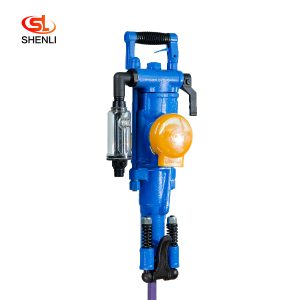
Short Description: The YT28 air-leg rock drill is a kind of high-efficiency, energy-saving and environmentally friendly rock drilling equipment. Compared with similar pneumatic pro […]
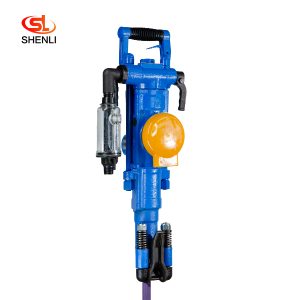
Short Description: The YT27 air-legged rock drill is a highly efficient lightweight rock drill suitable for downward or inclined drilling in medium-hard or hard (f=8 – 18) ro […]
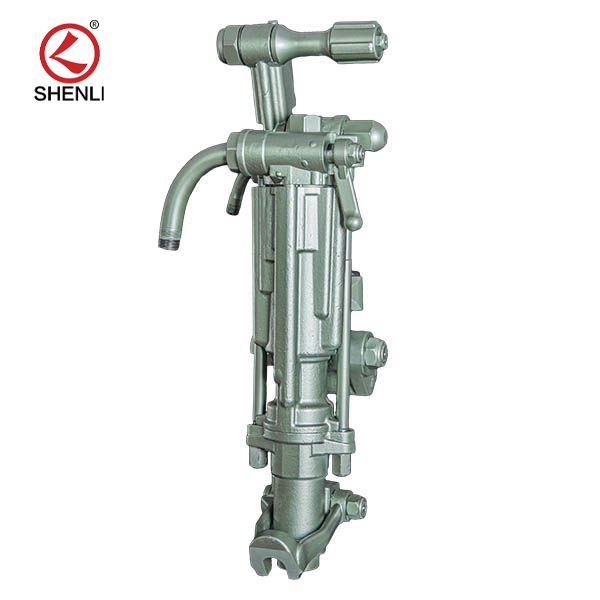
Product description: (S250 jackleg Drill) has been the preferred choice of miners who demand high performance, superior control and lasting reliability. the S250 jackleg allows ope […]
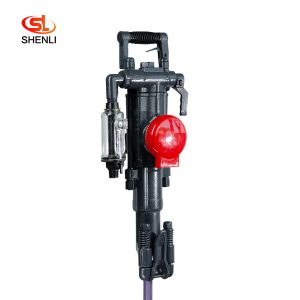
Scope of application: Model S82 air-legged rock drills are heavy-duty air-legged rock drills with high efficiency and low consumption, which are especially suitable for use in the […]
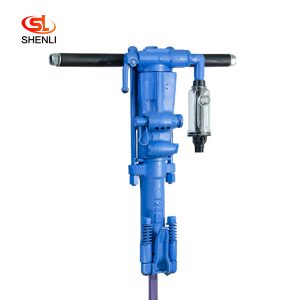
Product introduction Y26 hand-held rock drill is mainly used for drilling shell holes and secondary blasting in mines, railroads, water conservancy, and rock works, which can dry a […]
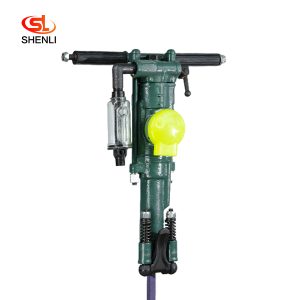
Product description: Y24 hand-held rock drill is a variant of YT24 air-leg rock drill in our factory. It has the advanced level in China and was rated as the high quality product i […]
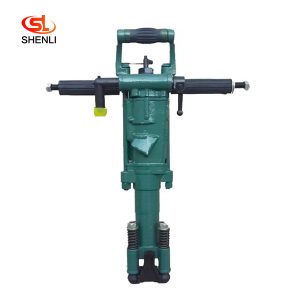
Product description: Y20LY hand-held pneumatic leg dual drill is a kind of light rock machinery, which can be used in secondary blasting in mines and quarries as well as in stone w […]
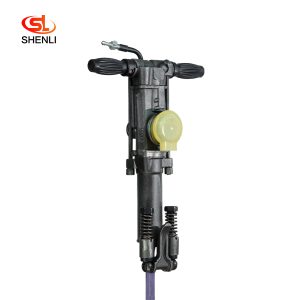
Product Description: Y18 hand – held and air – leg drill is suitable for drilling and blasting holes on soft, medium and hard rocks and W-1.5/4, W-1.8/5, W-2/5 and othe […]

